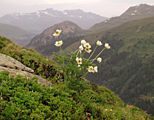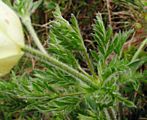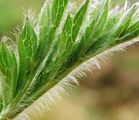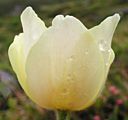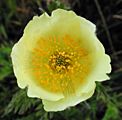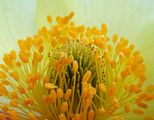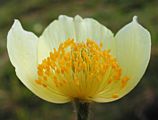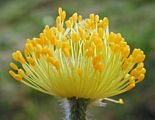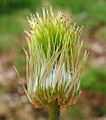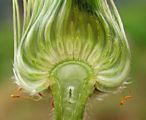Pulsatilla alpina ssp. apiifolia (Ranunculaceae)
The two subspecies of Pulsatilla alpina, P. a. ssp. alpina and P. a. ssp. apiifolia, are a classical example of vicarious taxa: The former occurs exclusively on calcareous, the later exclusively on siliceous rock. (2300 m, Swiss Alps)
Captions
- Flowering Pulsatilla alpina ssp. apiifolia in Vaccinium heath.
- Stem pubescence.
- Apium-like leaf (hence the scientific epithet apiifolia).
- Leaf pubescence.
- Lateral view of flower.
- Top view of flower.
- Gynoecium encircled by rings of stamina.
- Cross section through gynoecium.
- Lateral view of flower, tepals in front have been removed.
- Lateral view of flower, all tepals have been removed.
- Longitudinal section through flower.
- Withered flower, styli start stretching.
- Longitudinal section through withered flower.
